-
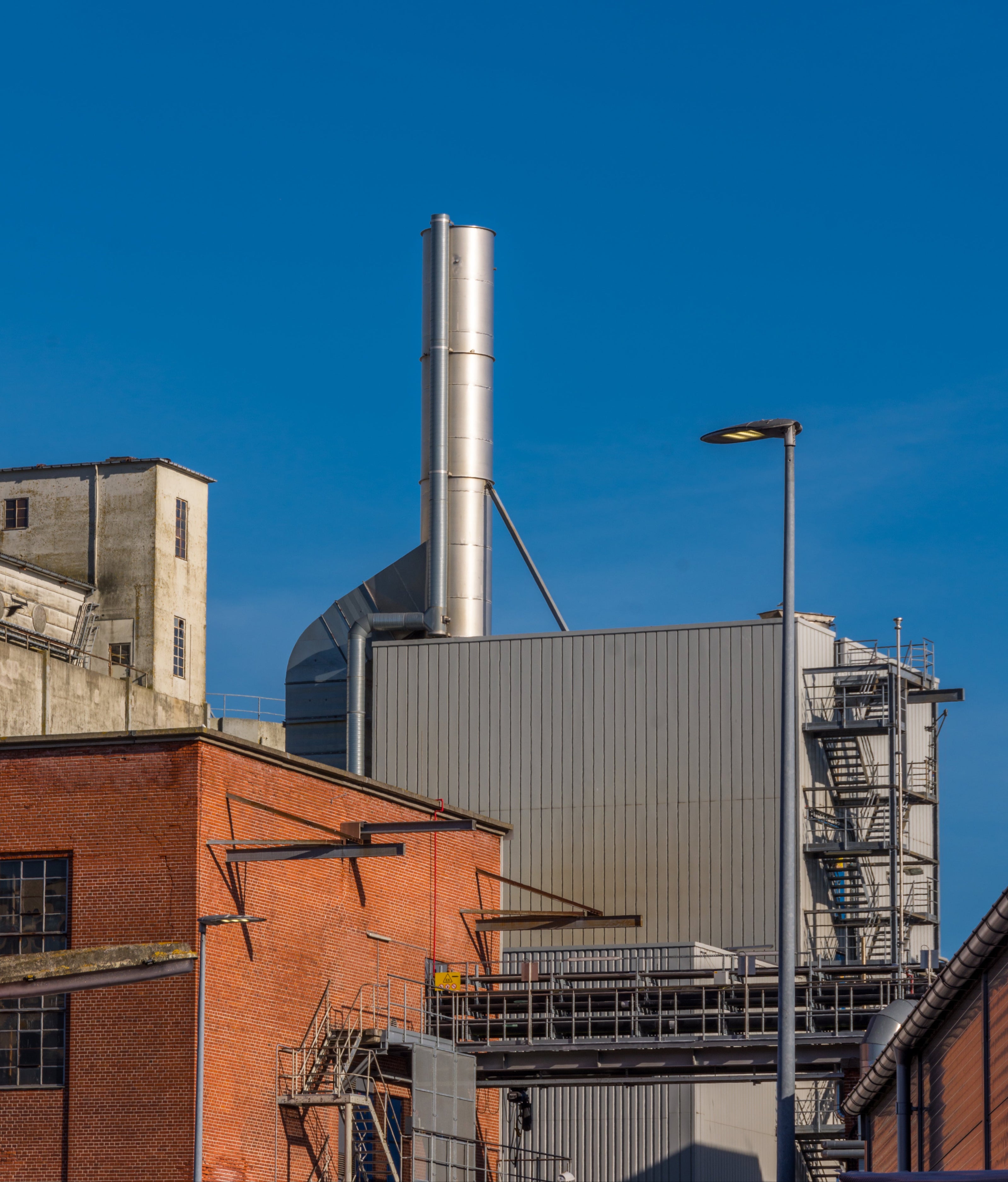
-
Are you rethinking where your packaging is made?
For years, the sourcing decision seemed straightforward: manufacture overseas, save on costs, and repeat. While that used to be the way, that playbook has fundamentally shifted. The supply chain disruptions of 2020-2021 exposed vulnerabilities that haven't disappeared. Customers are asking harder questions about origin and impact. And the carbon cost of transoceanic shipping is becoming harder to justify or even accurately measure.
This guide examines domestic packaging manufacturing not as an all-or-nothing proposition, but as a strategic component of a well-designed sourcing approach. In sustainable packaging, there's not a one size fits all solution. There's the answer that makes sense for your brand, your product mix, your values, and your operational realities.
IN THIS GUIDE
- Understanding the Transportation Reality
- Supply Chain Architecture and Risk Distribution
- The Strategic Case for Hybrid Sourcing
- Values Alignment: Labor, Economics, and Brand Integrity
- The Real Cost Comparison
- Made in the USA: What It Really Means for Sustainable Packaging
- How EcoPackables Approaches Sourcing
Understanding the Transportation Reality
-
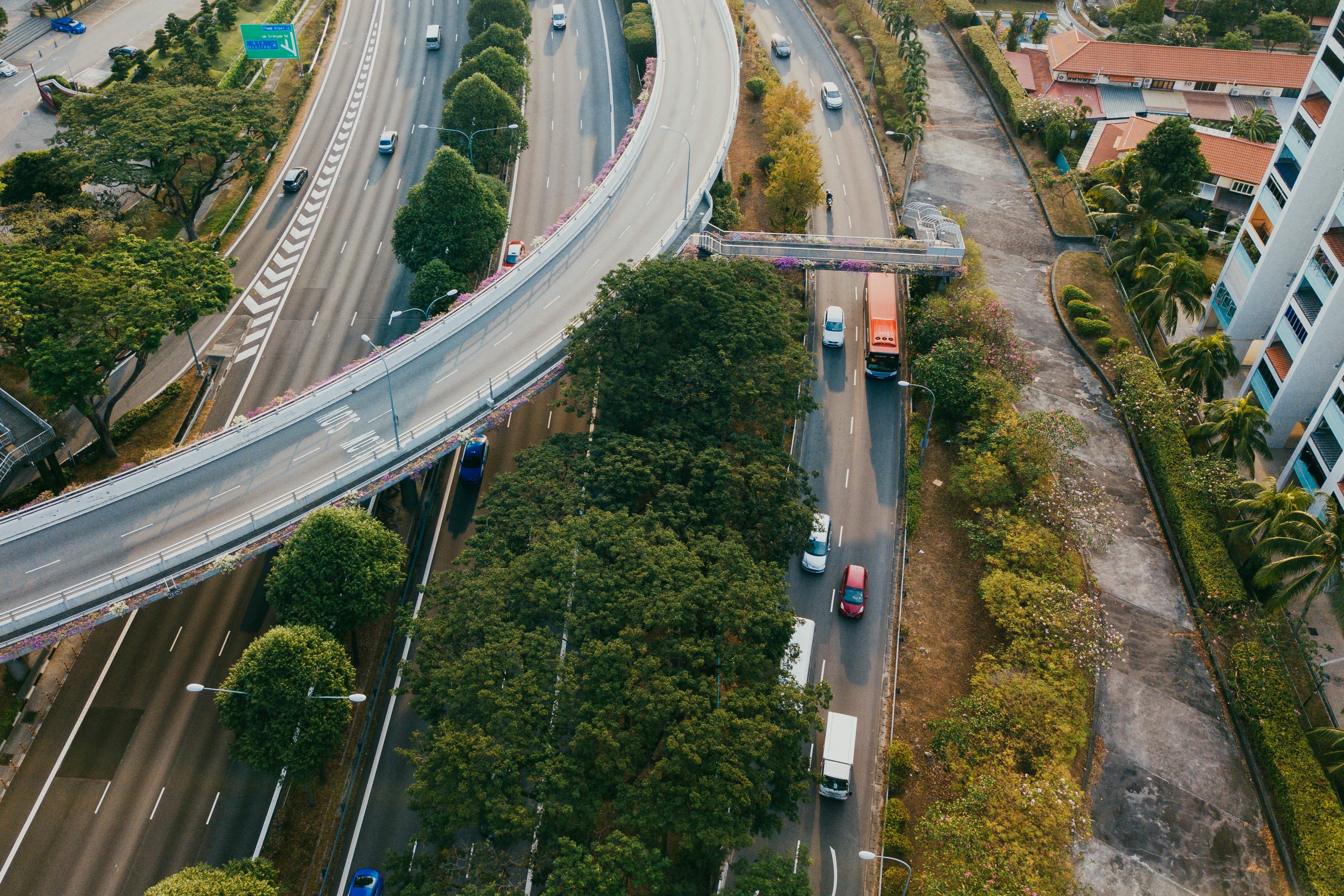
Understanding the Transportation Reality
When you source packaging internationally, you're adding substantial ocean freight to every order. That's not just transit time, it’s measurable emissions from container ships crossing thousands of miles. That carbon impact is difficult to calculate with precision because it involves complex logistics chains with multiple handoffs.
Domestic production eliminates transoceanic shipping entirely. Your packaging travels regional distances instead of global ones. You can map actual routes, calculate transportation emissions with real data, and speak to your carbon footprint with accuracy rather than broad estimates.
The US maintains environmental regulations through the EPA and state-level agencies that govern manufacturing operations. These cover waste management protocols, air quality standards, and water use requirements. While no system is perfect, having verifiable standards within a framework that you can research and reference matters when you're building transparent sustainability programs.
-
Why This Matters for Carbon Accounting
If you're tracking Scope 3 emissions (more stakeholders are beginning to expect this), domestic sourcing provides cleaner data. International logistics involve freight forwarders, port operations, long-haul shipping, and domestic distribution - each adding estimation complexity. Shorter, domestic supply chains mean fewer variables and more accurate carbon accounting.
Supply Chain Architecture and Risk Distribution
The 2020-2021 supply chain period wasn't an anomaly. It revealed what supply chain professionals already understood: extended global networks contain inherent fragility. Port congestion, container availability, freight rate volatility, geopolitical disruption - these aren't theoretical risks. They're operational realities that impact timing, cost, and reliability.
Domestic manufacturing addresses specific vulnerabilities:
-

Lead Time Compression
International shipping requires 4 to 8 weeks in transit under normal conditions. Longer when disruptions occur. Domestic production compresses fulfillment windows to days or weeks, which directly impacts inventory management, cash flow, and your ability to respond to demand shifts.
-
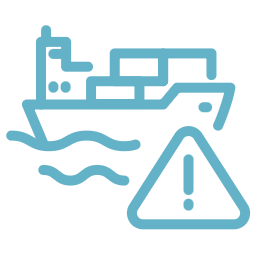
Operational Predictability
Domestic freight networks have fewer systemic failure points than international logistics. You're eliminating customs clearance, international port dependencies, and the complexity of coordinating across multiple logistics providers in different countries. This translates to more reliable delivery windows and fewer surprise disruptions.
-

Flexibility for Smaller Operations
If you're not ordering in container quantities, domestic manufacturing provides structural advantages. You can run smaller test batches, iterate designs more rapidly, and adjust production volumes without being locked into the large minimums that international shipping economics typically require. For emerging brands, this flexibility is often more valuable than marginal cost savings.
-

Quality Management
Proximity enables direct facility oversight. You can audit production processes in person, catch quality issues before they scale, and maintain ongoing relationships with manufacturing partners in your time zone. This isn't a minor convenience, rather than it being fundamental to quality assurance when you're building a brand on product experience.
The Strategic Case for Hybrid Sourcing
The hybrid approach recognizes reality: different packaging needs have different priorities. Your primary mailer box might benefit from domestic production (faster restocks, easier quality control, clearer sustainability story). Specialized inserts or very high-volume items might make sense to source internationally where cost structures are more favorable.
At EcoPackables, we work with both US based and international manufacturing partners. Through this, we are acknowledging that responsible sourcing means matching the right production source to each specific need rather than applying a one-size-fits-all approach.
In sustainable packaging, we generally see three sourcing approaches working effectively:
-
Domestic Focused
Brands prioritizing transparency, rapid iteration, and lower transportation impact accept slightly higher per-unit costs for operational advantages and values alignment.
-
International Focused
High-volume operations with stable designs leverage overseas manufacturing for cost efficiency, typically accepting longer lead times and more complex logistics management.
-
Hybrid Model
Many brands use strategic sourcing - domestic for core packaging where lead time and transparency matter, and international for specialized components or extremely high-volume items where cost becomes determinative.
Values Alignment: Labor, Economics, and Brand Integrity
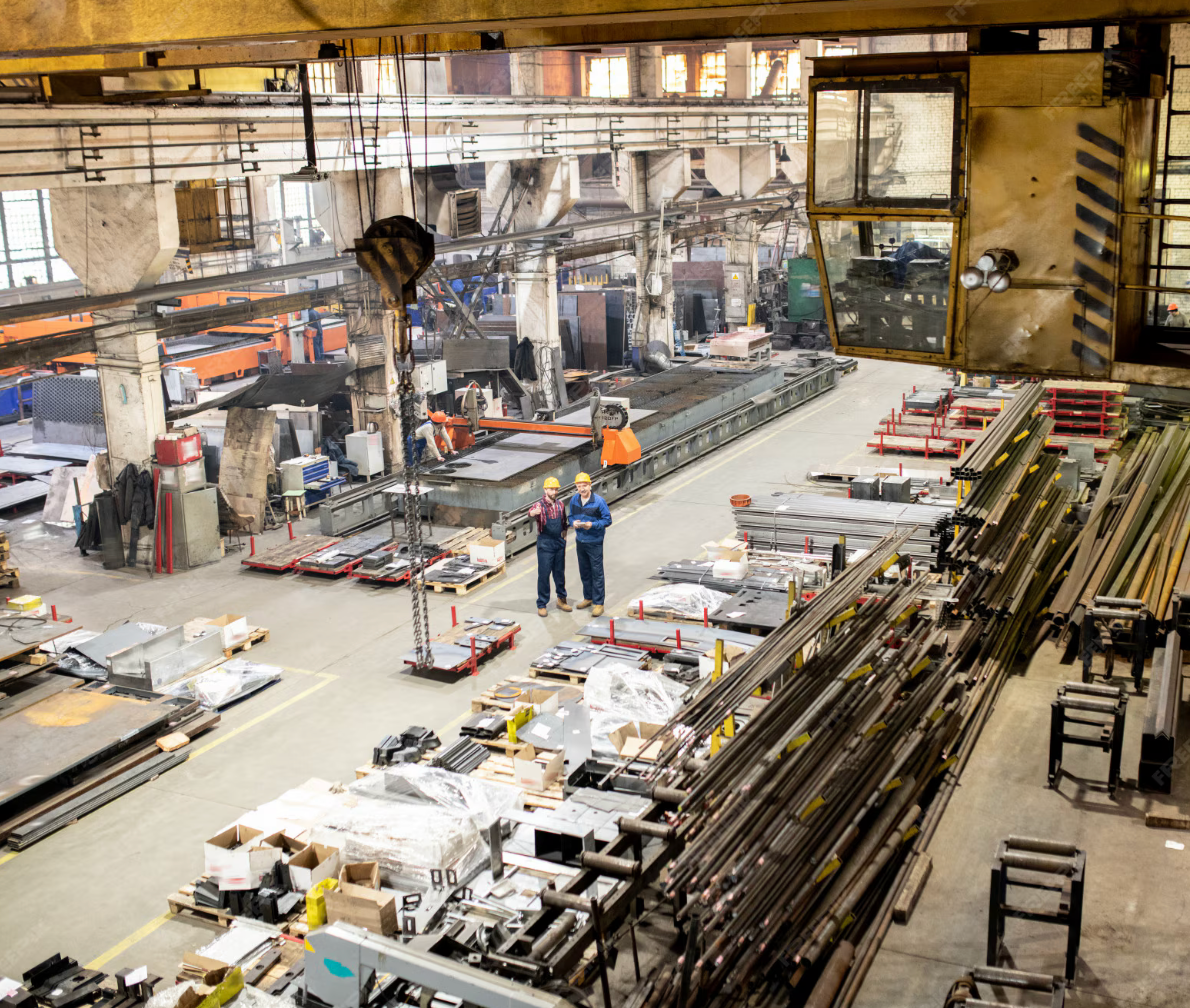
Economic Impact and Local Investment
Domestic manufacturing keeps more economic activity in US markets - production jobs, material sourcing, logistics services. Whether this factors into your sourcing depends on your brand positioning and customer expectations. For some companies it's central. For others, it's one consideration among many.
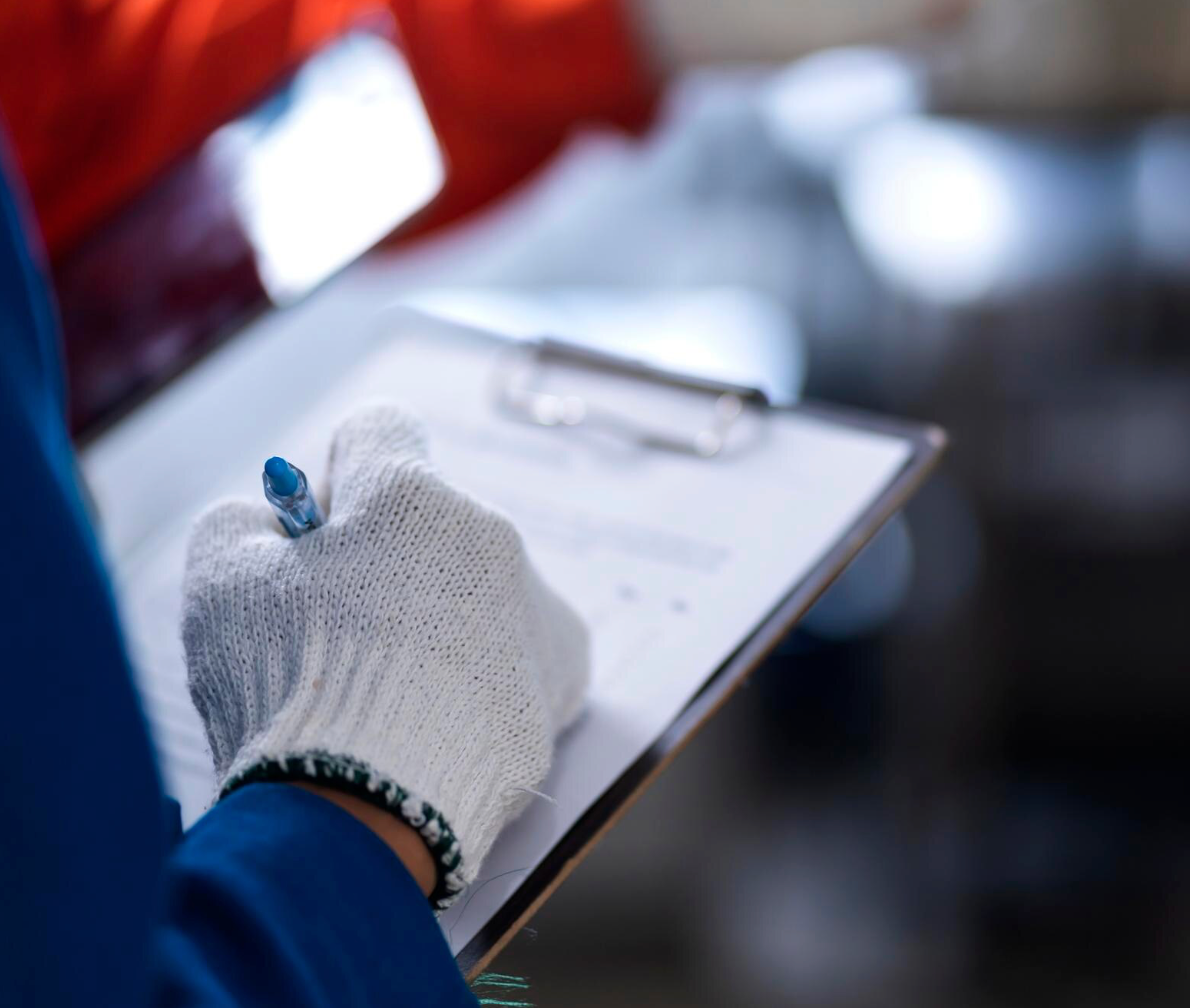
Labor Standards and Verification
US manufacturing operates under federal labor frameworks with documented standards. International manufacturing varies widely by country and facility. For brands claiming ethical production, your packaging supply chain either aligns with your values or creates vulnerability when customers ask specific questions.
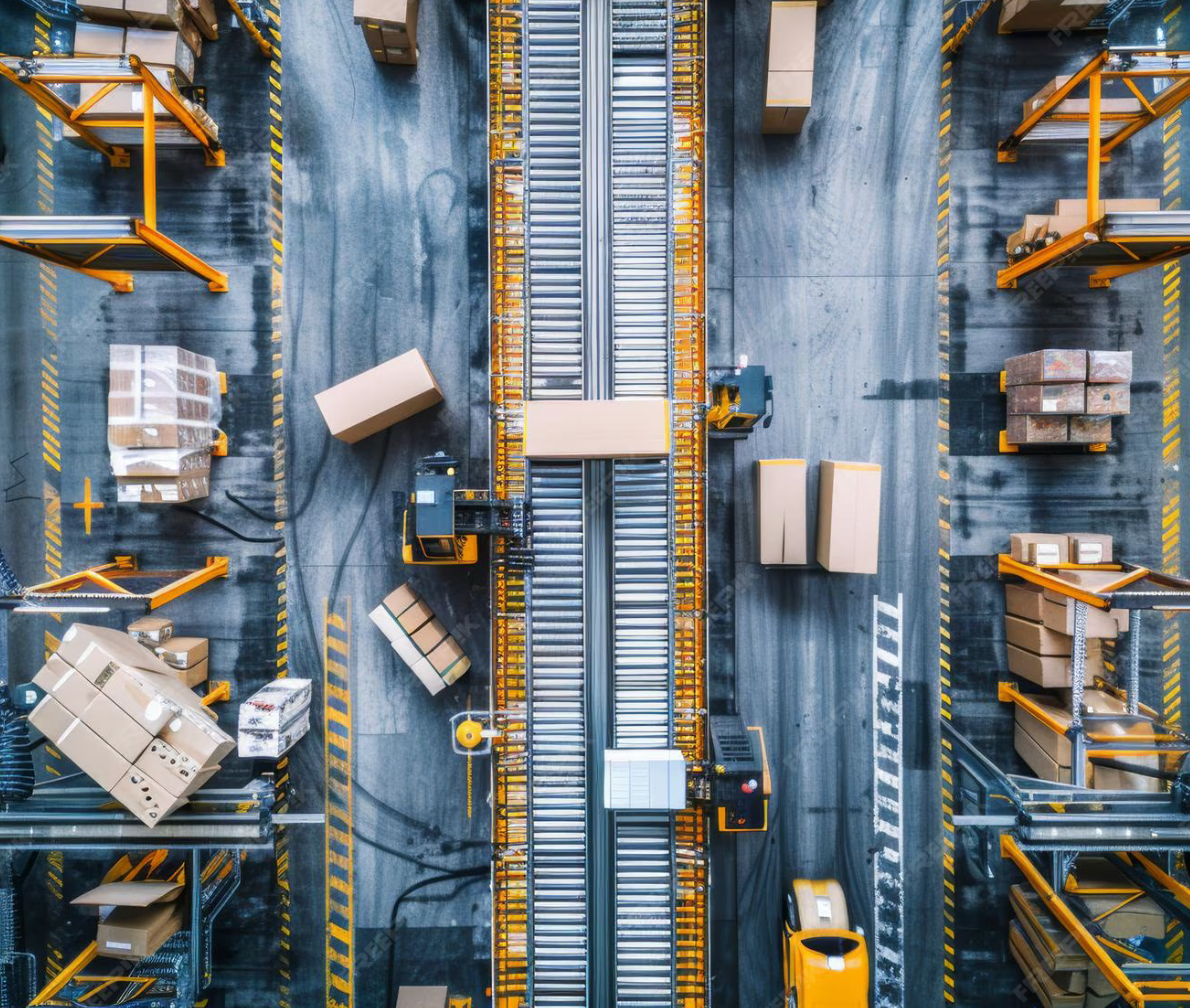
Authenticity in Your Supply Chain Story
Specificity beats vague claims every time. When you can speak directly to your manufacturing relationships and the standards they meet, your sustainability narrative becomes credible. Proximity enables real knowledge instead of relying solely on external certifications and attestations.
The Real Cost Comparison
While overseas production still offers cost advantages in certain categories, domestic manufacturing often wins on sustainability, reliability, and transparency.
Very high volumes can justify international shipping economics even with added transit time and complexity. Specialized manufacturing capabilities may only exist in certain international markets. Some materials or processes genuinely aren't available domestically at a comparable quality or scale.
The point isn't that domestic is always better. It's that for many ecommerce packaging applications, domestic manufacturing solves real problems around lead time, transparency, and transportation impact that matter more than incremental cost differences.
Transparency and Traceability
Customers have become increasingly sophisticated about sustainability claims. They've seen enough greenwashing to be appropriately skeptical. Vague statements about "eco-friendly" or "sustainable" packaging don't carry the same weight it might have five years ago.
Local manufacturing provides verifiable transparency because you can physically verify what you're claiming:
-

Trace material sourcing with supplier documentation that operates within US regulatory frameworks
-

Answer specific questions about production methods with actual knowledge
-

Visit facilities and audit processes directly to see it up close and personal
When customers, retail partners, or certification bodies ask detailed questions about your packaging supply chain (and will continue to), having direct manufacturing relationships provides substantive answers. That's not just marketing value. That's operational infrastructure for building credible sustainability programs.
Documentation That Holds Up to Scrutiny
Domestic suppliers working within US regulatory systems can typically provide detailed material certifications, emissions data, and process documentation that aligns with standards your stakeholders recognize. This makes specific claims such as recycled content percentages, chemical restrictions, and waste diversion rates substantially more straightforward.
Made in the USA: What It Really Means for Sustainable Packaging
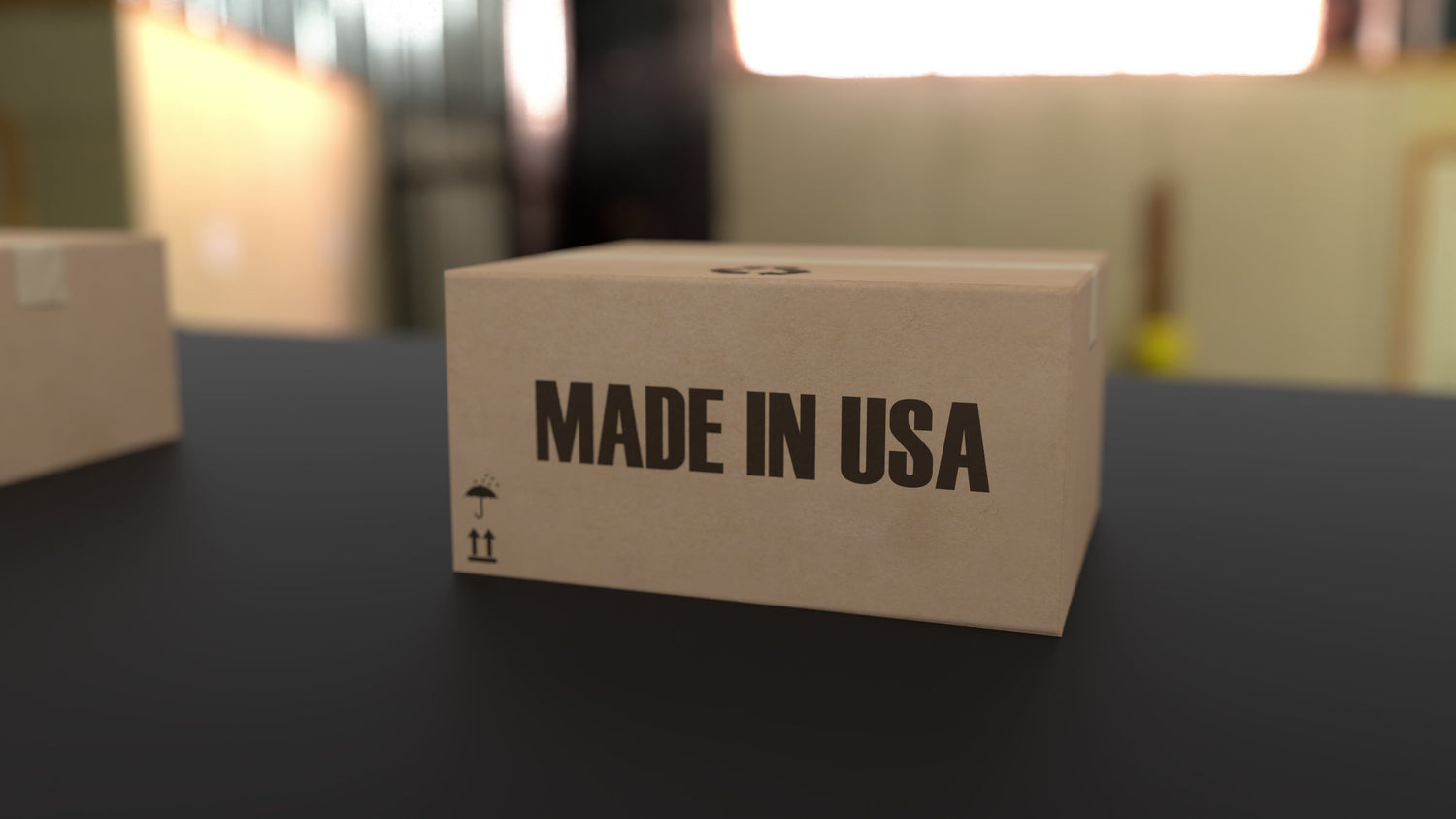
What “Made in USA” Really Means
“Made in USA” is a regulated term by the Federal Trade Commission, requiring products to be “all or virtually all” made domestically. It signifies verifiable origin, allowing brands to reference US labor, environmental, and manufacturing standards—key for companies where transparency and accountability drive brand value.

How Customers Interpret Origin
Origin influences purchase intent differently by category. For values-driven, premium, or natural brands, it often strengthens trust. For price-driven commodities, it holds less sway. Knowing where your customers fall helps you align sourcing with actual impact rather than assumptions.
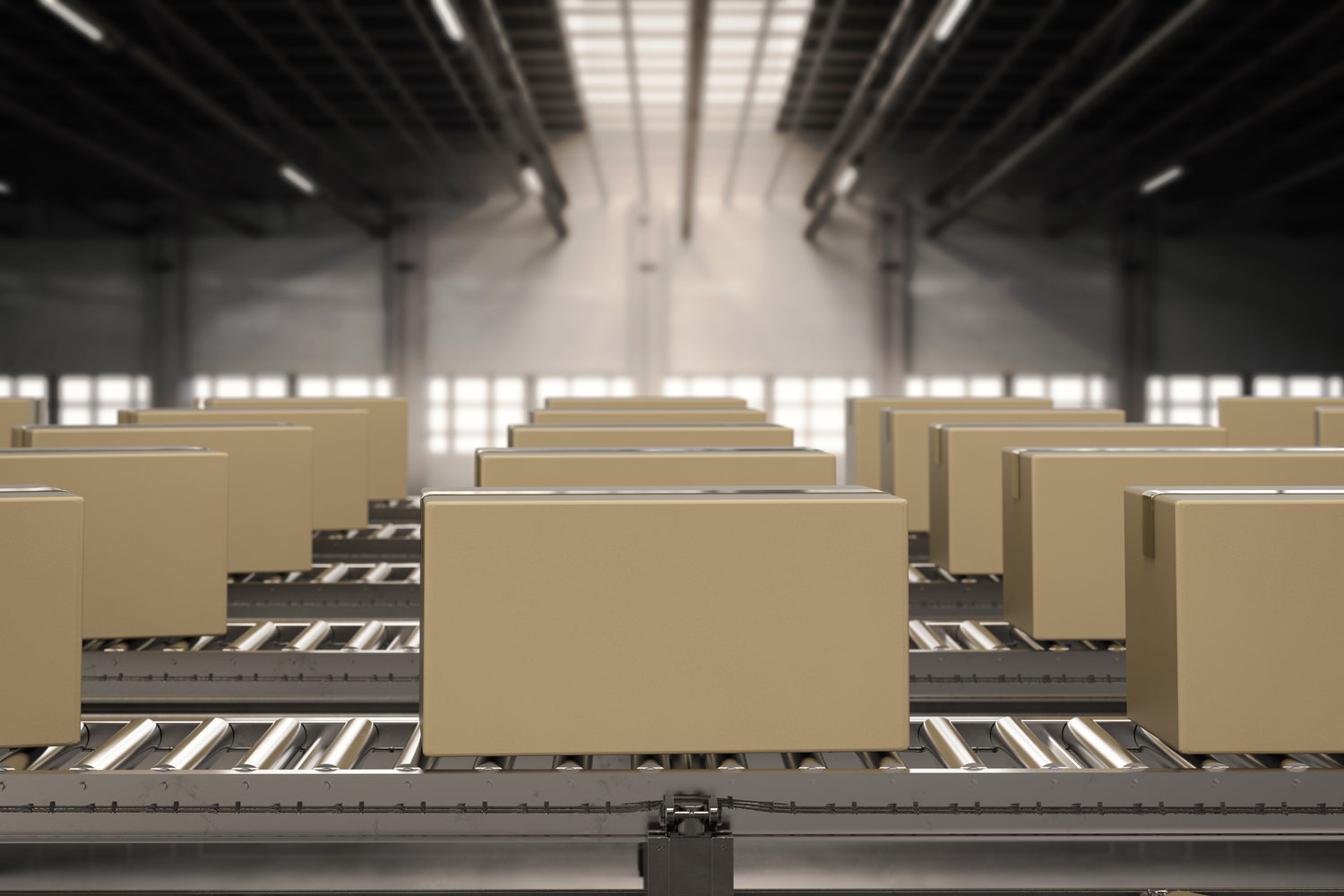
The Rise of Domestic Sustainable Packaging
US manufacturers are increasingly innovating with recycled, compostable, and plastic-free materials. Modern automation and process efficiency are closing cost gaps with overseas production while maintaining higher labor and environmental standards. Today, domestic packaging can compete on both sustainability and cost, especially when factoring in freight, lead times, and the value of local partnerships.
How EcoPackables Approaches Sourcing
At EcoPackables, we work with both US based and select international manufacturing partners. That is an intentional choice. We've learned that responsible packaging sourcing means matching production sources to specific needs rather than forcing everything through a single approach.
For many of our brand partners, domestic manufacturing makes strategic sense. Shorter lead times support better inventory management. Direct oversight also enables tighter quality control. Reduced transportation distances mean lower, more accurately calculable carbon impact. The transparency benefits align with their sustainability positioning.
For certain products or volumes, international manufacturing remains the practical choice. We're honest about that. The goal isn't ideological purity. It's helping you make sourcing decisions that actually work for your business while advancing legitimate sustainability objectives.
From recycled corrugated boxes to custom branded packaging, we connect brands with sustainable packaging that align with their environmental goals, operational requirements, and budget realities.








